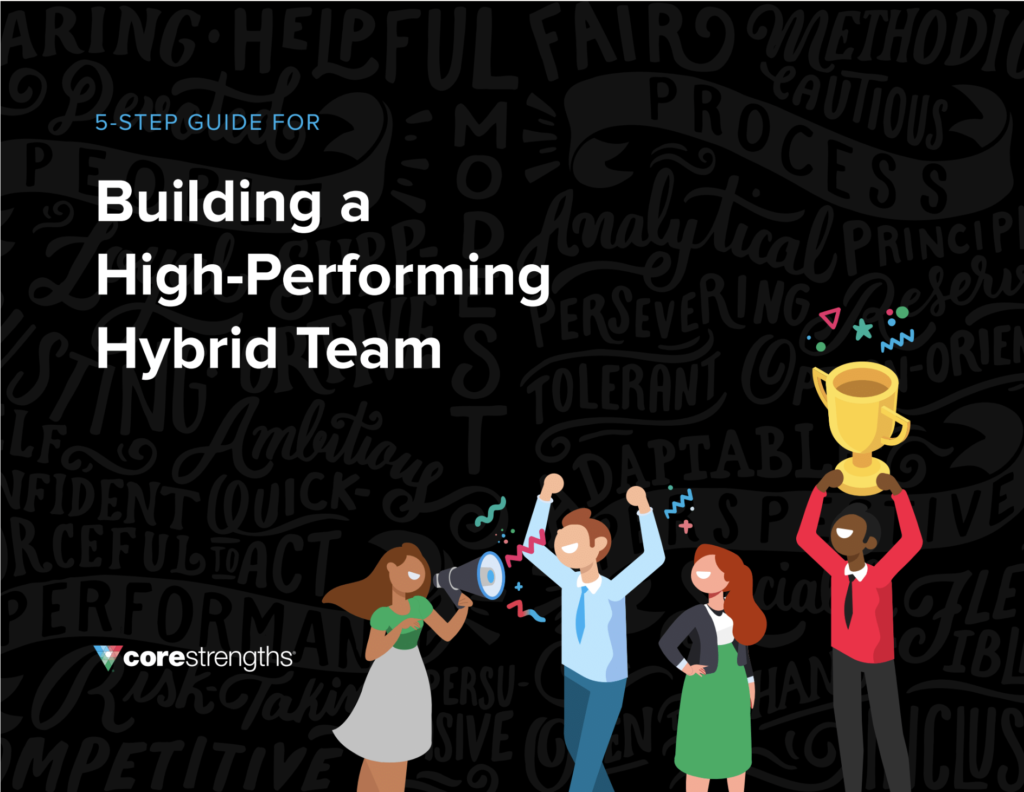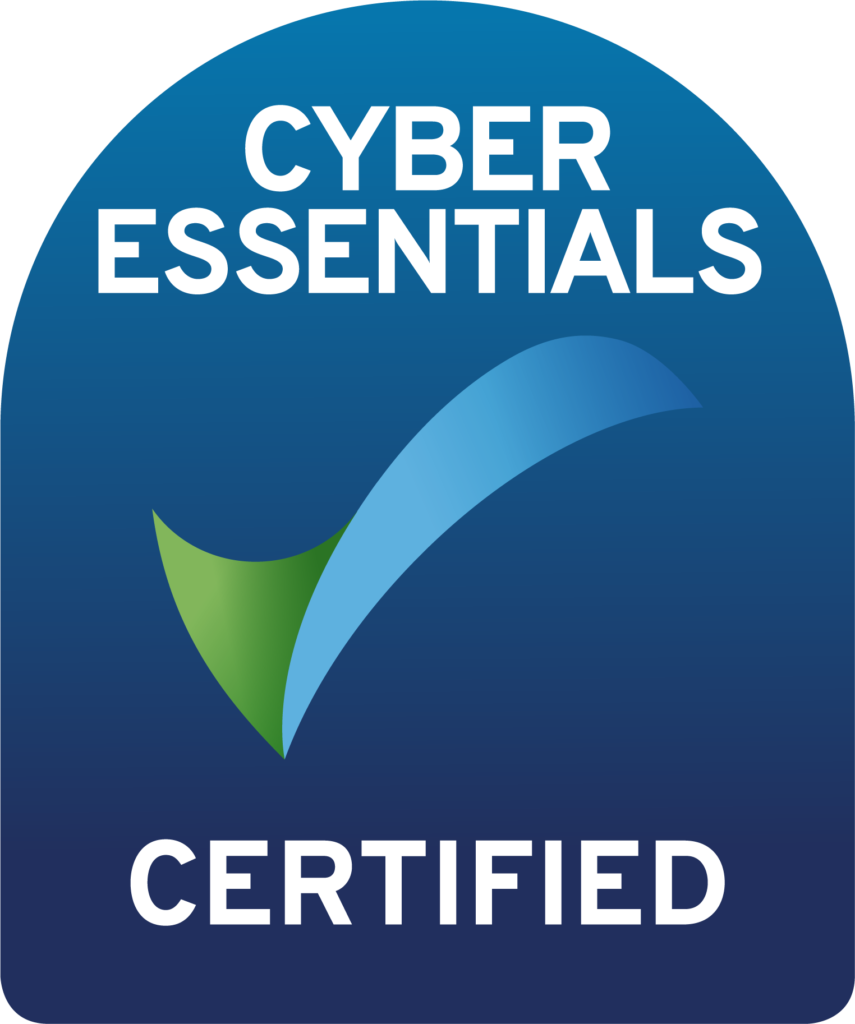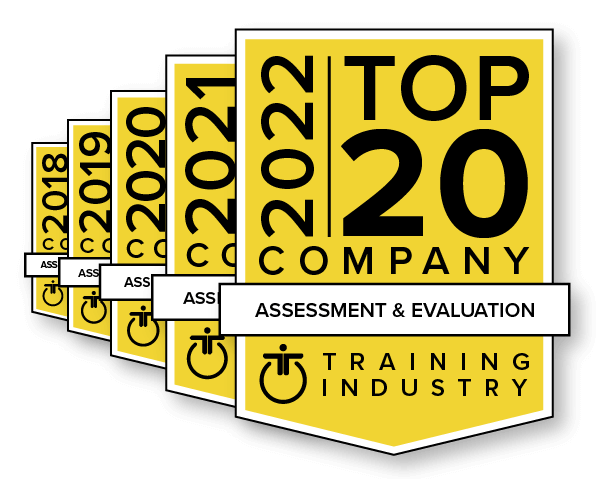Most strategies that leaders use to improve employee engagement often make one key mistake: they assume that the entire workforce will be motivated in the same way.
But people are individuals, with different reasons for coming to work every day. If engagement is flagging, you may not be tapping into those reasons: their motives.
People don’t give top performance at work because of a ping pong table or free lunch on Fridays. When we try to make work more palatable with these perks, the unspoken assumption is that work inherently isn’t palatable. But work can be more than palatable: it can provide energy and purpose.
To truly improve employee engagement, focus on establishing relationships with individual employees and empowering them to bring their purpose and motives to work every day.
Table of contents
What is employee engagement?
At Core Strengths, we see employee engagement as the energy exerted by employees when they’re performing, growing and learning, and when their relationships are thriving at work.
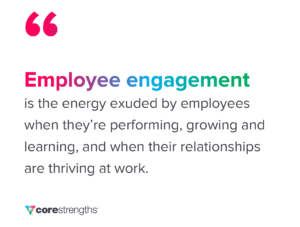
At a high level, the contributors to employee engagement are twofold. People must be able to tap into their own intrinsic motives when doing the tasks associated with their jobs, and also be able to understand the motives of their colleagues.
Strengths and motives in the context of employee engagement
How do you know what matters most to employees? We put motives into three major categories: people, performance, and process.
The SDI 2.0 assessment can give you an accurate and detailed view of how all three motives blend within each person. However, you can still use just the three categories to enhance your understanding of your colleagues.
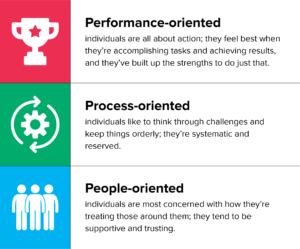
When you know your own motives, you can connect any work task to reasons that matter to you. When you know your colleagues, you can connect any message to their motives.
Why is employee engagement important?
In our increasingly collaborative work environment, colleagues with diverse perspectives, experiences, motives and strengths depend on one another to get work done.
This interdependence can be a huge advantage when it works well; successful collaboration leads to higher innovation and greater responsiveness to market trends. But when people don’t seek to understand each other, unhealthy conflict rises and employee engagement plummets.
As a leader, if you can make work a source of energy instead of a drain, you win.
Research has shown that high employee engagement improves organizational performance through higher customer satisfaction, productivity, operational efficiency and profitability, as well as lower absenteeism and reduced turnover.
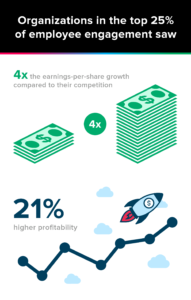
With an engaged workforce, all other positive business outcomes will be much easier to achieve.
How do you improve employee engagement?
People seeking purpose in their careers often receive the advice, “Do what you love.” A better piece of advice would be, “Find meaning in what you do.” It’s possible to find meaning in any task if you can see how the task fulfills your motives.
There’s a myth that leaders need to create employee engagement. Instead, we need to unleash the engagement that’s already there by ensuring every employee is connecting their motive to the work they do.
Connecting the organizational mission to individual motives
A well-defined organizational mission and purpose is an important piece of employee engagement. Focusing on purpose over profits, as an organization, does improve employee engagement. But let’s take it one step further.
Leaders need to connect the individual’s primary motives—performance, process, or people—to the organizational mission.
If it’s possible to include employees in the process of creating the mission, that’s ideal. But the way you communicate about the mission is also critically important.
For example, at a nonprofit organization focused on helping people, their leadership delivered most of their messaging through a focus on people motives. When their leaders began including components of all three motives–people, performance, and process–in their communications, employees whose primary motives were performance or process began feeling more connected to the organization’s mission and purpose.
The language of high employee engagement
Think about individual motives like languages. As a leader, you need to become fluent in the languages of people, performance, and process–and be intentional so you can transition seamlessly from one to another.
If you notice that an employee is lacking engagement, ask yourself if you’re speaking to them in a way that connects what they’re doing to what matters to them. Instead of making the conversation about their low engagement, approach the conversation like this:
- Change the way you talk about the task, framing it around their primary motive
- Give them space to tell you how to make the task more meaningful
- Keep making connections between tasks and their primary motive over time
High employee engagement doesn’t mean that there won’t be moments when work feels hard. But when the employee knows how to connect task completion to the fulfillment of their motives, they remember why the hard work is meaningful.
In fact, the essence of employee engagement is the moment when an individual with a negative, disengaged approach to a task can reorient themselves and connect it to what matters most.
For example, James left his job selling copy machines to work in pharmaceutical sales because he wanted to deliver life-saving medication to people who needed it. What he didn’t realize before quitting his job was that the copier is the heart of every elementary school. Teachers and principals make copies of worksheets daily that help them deliver critical education to children. If James had known the language to understand that he’s motivated by people, and had the skills to change his perception about how copiers help people, he likely would have seen both jobs as meaningful and rewarding.
When leaders empower employees with the language to talk about what matters most to them and the skills to make the most mundane task more meaningful, the entire organization will collectively tap into an endless supply of employee engagement.
Start improving employee engagement today
If your company doesn’t have much budget for employee engagement initiatives, you can still tap into people’s motivation and lift engagement today. Here’s how:
Ask everyone in the organization to get a few thank-you cards and write notes of recognition to their colleagues. Here’s the key: the notes need to thank the person for specific things, and use the language of their motives.
We’ve made it even easier by including a thank you card download for each individual team member’s motives.
If you’re interested in learning more about the power of individual motivation at work, take the SDI 2.0 assessment or offer it to your entire workforce.
We also offer training and a platform to make motivation part of your company’s language and further improve employee engagement.


